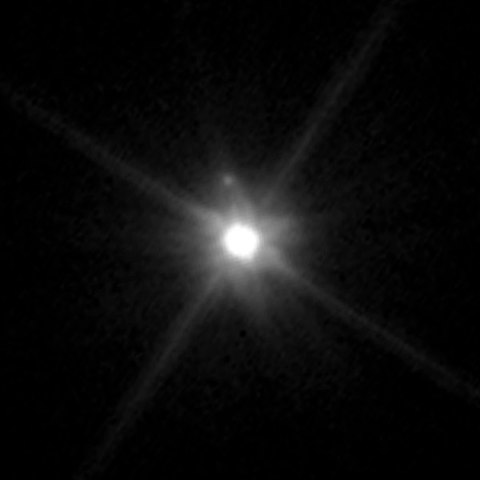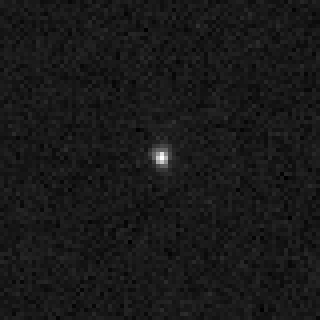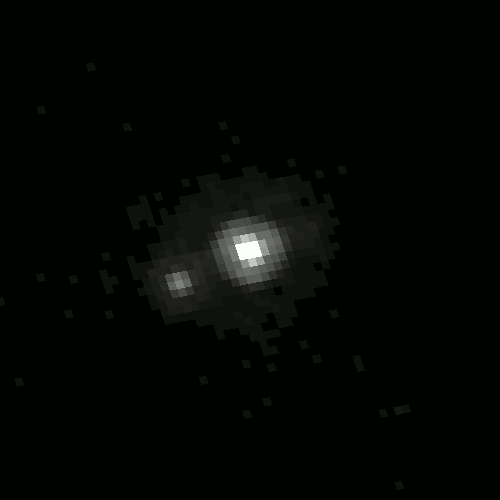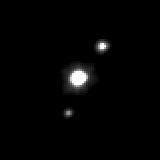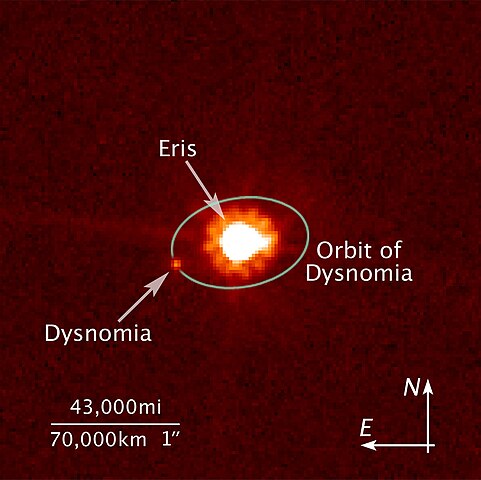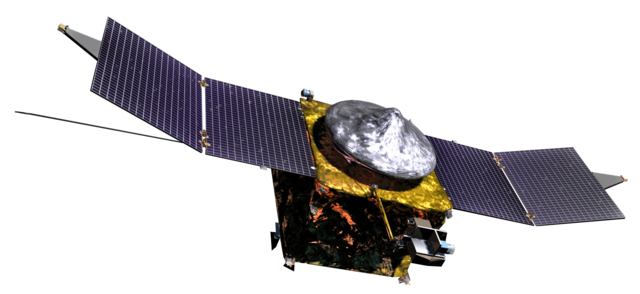1 day / second
0.5 AU
136472 Makemake
Dwarf Planet
A large, reddish-colored dwarf planet located in the Kuiper Belt, notable for being the third brightest trans-Neptunian object and having an extremely low albedo moon nicknamed MK2.
Key Facts
orbital regime | Kuiper Belt |
learn more | Wikipedia |
mass | 3.1000e+21 kg |
radius | 715 km |
hill radius | 0.031 AU |
semi-major axis | 45.43 AU |
eccentricity | 0.161 |
inclination | 28.984º |
longitude of the ascending node | 79.62º |
argument of periapsis | 294.834º |
orbital period | 306.205 years |
surface gravity | 0.041 g |
discovery date | March 31, 2005 |
discovered by | Michael E. Brown, David L. Rabinowitz, and Chadwick Trujillo at Palomar Observatory |
name origins | Named after Makemake, the creator deity of the Rapa Nui people of Easter Island |
albedo | 0.77 |
material composition | Frozen methane and ethane surface |
density | 1.7 g/cm³ |
